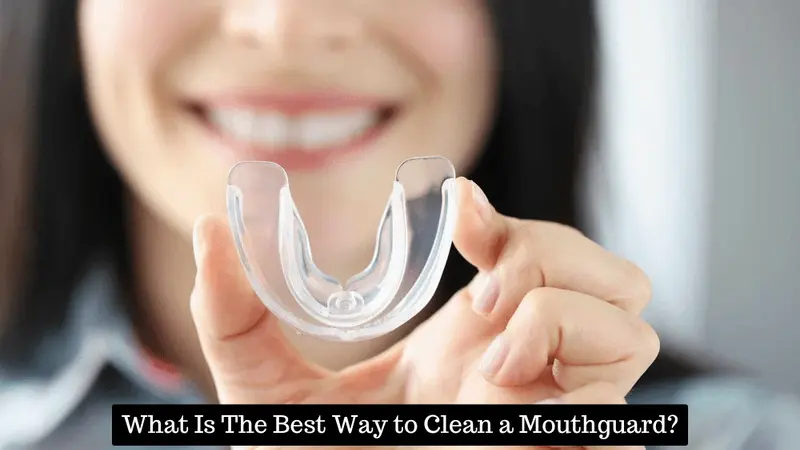Why Cleaning Mouth Guards Matters
Safe cleaning solutions for mouth guards do an incredible job of protecting teeth, whether worn for sports, nighttime grinding, or orthodontic support. Without regular and thorough care, these vital devices can quickly become havens for bacteria, yeast, and mold. From minor irritation to serious oral infections, an unclean mouthguard can cause many health concerns far beyond a bad taste or odor. With repeated daily use, harmful microorganisms have ample opportunity to multiply. Understanding the best way to clean a dental mouthguard can distinguish between healthy protection and potential risk.
Research spotlighted by WebMD underscores the real risks: mouth guards can develop dangerous bacterial buildup if not cleaned properly. This can lead to recurring sore throats, gum irritation, and persistent bad breath. Integrating simple, proven cleaning habits reduces these risks and can help your mouth guard last longer and stay more comfortable over time.
Types of Mouth Guards and Their Materials Needs
There are generally three categories of mouth guards today: stock, boil-and-bite, and custom-fitted options. Each is constructed with slightly different plastics or silicone-based materials. Stock guards are preformed and ready to wear, but offer the least protection and comfort. Boil-and-bite versions are softened in hot water and then shaped to your bite for a better fit, while custom-fitted mouth guards, often obtained through providers like Logan dental care, are tailored to your exact dental impression. The cleaning process should match the material’s sensitivity. Harsh chemicals or excessive heat can break down or warp the guard, drastically reducing efficacy and comfort.
Best Daily Cleaning Practices
Making daily cleaning a habit is one of the most effective strategies for a safe, odor-free mouth guard. Rinse the guard immediately after use with cool or lukewarm water to remove saliva and debris. Use a soft-bristled toothbrush—reserved only for the mouth guard—along with mild soap or non-abrasive toothpaste to gently scrub away buildup. Focus on every surface, including crevices where bacteria love to hide. Always rinse thoroughly to ensure there’s no residue left behind, then place the mouth guard on a clean towel and allow it to dry completely before storing. Letting it air dry fully is essential, as putting the guard away while still moist encourages rapid bacterial or fungal growth.
Deep Cleaning Methods That Work
We recommend cleaning your mouth guard deeply every week, especially if you wear it nightly or for long periods. Safe options include soaking the guard in a solution made for dentures—these tablets are gentle on plastics and target tough residues and bacteria. For a home-based approach, soak the mouthguard in distilled white vinegar for 30 minutes, rinse, then soak in hydrogen peroxide for another 30 minutes, followed by another good rinse. Healthline states these solutions are effective and avoid abrasive or corrosive chemicals that can damage the device’s integrity.
Cleaning Pitfalls: Products and Methods to Avoid
There’s a temptation to reach for bleach, alcohol-based rinses, or other household cleaners—don’t. These may damage the mouth guard’s surface, leave behind toxic residues, and degrade soft plastic, making it more porous and prone to collecting bacteria. Avoid using very hot water and scrubbing with abrasive toothpaste, which can cause irreversible changes in the guard’s shape or texture. Be cautious when soaking a mouth guard in mouthwash. Use only alcohol-free formulas, and avoid soaking it for long periods.
Storing Your Mouth Guard Safely
Care doesn’t end with cleaning; proper storage is just as important. Always use a ventilated, hard plastic case for your mouth guard, and never seal it in a bag or store it in direct sunlight or heat, which can deform the material. Clean the storage case weekly with warm, soapy water. Let the guard and its case dry thoroughly to prevent any lingering moisture from supporting microbial growth.
Signs Your Mouth Guard Needs Replacement
Even with diligent care, mouth guards wear down over time. Look out for cracks, tears, loss of snug fit, persistent discoloration, or stubborn odors that don’t disappear after cleaning. Any of these are clear signs a new guard is needed. Frequent replacement is especially crucial for young athletes or those in orthodontic treatment whose mouths change quickly.
